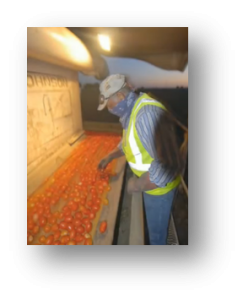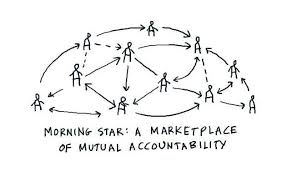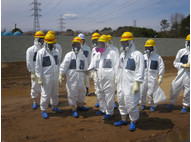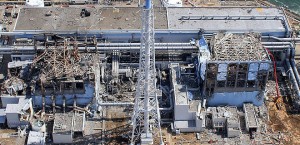After Daimler’s CEO Dieter Zetsche sat in the Mercedes S-Class, he realized it would not recline as far as a seat in an airplane did, and therefore not give the same amount of comfort that the wealthy individuals that would buy this car are accustomed to. This was especially an issue in China where the car-owner sits in the back a lot of the time as they have chauffeurs. Zetsche had his designers recline to 43.5 degrees to make it more comfortable and luxurious and therefore more appealing to the wealthy Chinese. When the backseat reclines, the front seat automatically moves forward a bit to give more legroom, and the seats even have a massage feature for ultimate comfort.
To be able to realize that this is necessary is very impressive forecasting while also looking at the past sales and realizing that something is wrong. For the CEO to go out and try the features of the Mercedes S-Class and help come up with solutions shows the dedication he has to the company, and shows good management as well. It is rare that you hear that a chief executive officer figures out the issue a company has and makes it a point to fix it.
Chinese buyers account for more than half of all the sales of the S-Class, which makes improving the sales even more important. With Mercedes operating profit margin down in comparison to BMW and Audi, it is important that the sales of the S-Class are improving again because the profit margin is 25% for these cars. Zetsche was also smart
in realizing that innovating and improving this car is important to the bottom line of making more money, as it is the most profitable.
China is a huge market as the sales of luxury cars are projected to go up 12 percent annually up through the year 2020. Clearly the operations management of Mercedes is of highest quality, because being able to put together all of the factors I have talked about and realizing that perfecting the S-Class is essential is rather impressive.
A Mercedes S-Class can cost as much as 486,000 dollars in China due to very heavy import levies. Due to the halo effect, Mercedes is able to generally charge more for its other cars as well. Mercedes sold about 20,000 more of their luxury cars than BMW and a little over 40,000 more than Audi’s luxury car, so clearly Mercedes is the best at perceiving an image of luxury and highest of quality. With this fact in mind, Mercedes’ management needs to realize that they need to improve the sales of their other cars to become the most profitable company in overall again in comparison to their biggest rivals of BMW and Audi.
What do you think Mercedes can do to improve their sales and become the most profitable company again? Are you impressed by the improved S-Class moves?





 I do think LeanPath would be more effective if they gave practical solutions to reuse food that is intended to waste rather than giving facts and charts. With LeanPath’s program now, it looks like only the institutions that are most dedicated to sustainability will benefit from LeanPath’s products. This is why more commercial institutions like restaurants and food courts are not using LeanPath. Anyone can weigh the food waste but there needs to be an active desire to come up with solutions to reduce food waste in order to make this program more effective.
I do think LeanPath would be more effective if they gave practical solutions to reuse food that is intended to waste rather than giving facts and charts. With LeanPath’s program now, it looks like only the institutions that are most dedicated to sustainability will benefit from LeanPath’s products. This is why more commercial institutions like restaurants and food courts are not using LeanPath. Anyone can weigh the food waste but there needs to be an active desire to come up with solutions to reduce food waste in order to make this program more effective.





